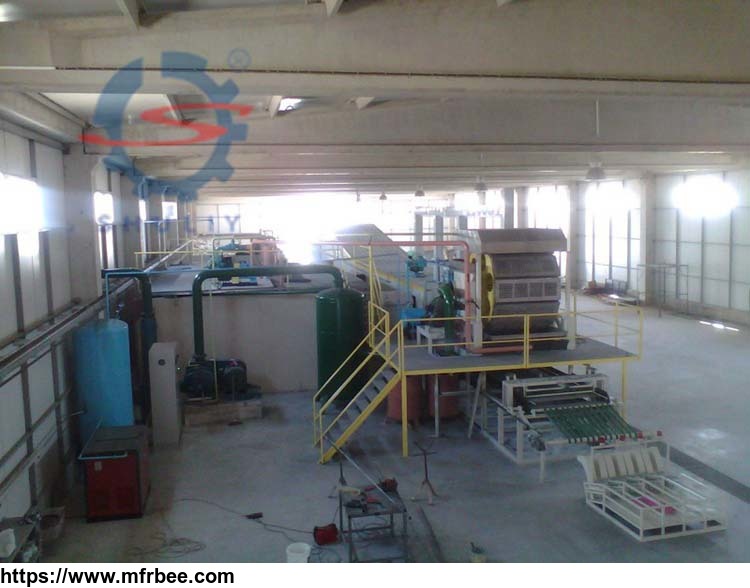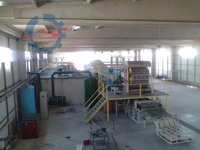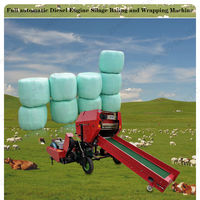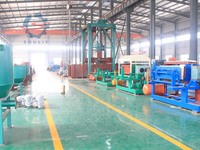Egg tray machine
Specifications
Theegg tray machinecushioning and shockproof packaging products are made of waste newspapers, waste carton paper, scraps from paper mills or printing plants, etc., and are formulated into a certain concentration of slurry through processes such as hydraulic pulping and mixing. The upper part is vacuum-adsorbed into a wet blank product, and the formed wet blank is then dried and hot-pressed to shape.
The egg tray machine is a very early pulp molding equipment. It mainly produces various pulp molded products, such as egg trays, bottle trays, fruit trays, etc. Pulp molding products use waste newspapers and carton paper as the main raw materials, pulp through a certain proportion of additives, dewatering molding through special molds, and then undergo a series of drying, heat treatment, and shaping processes.
1. Pulping system: including pulper, refiner, mixer, pulp pump, water pump, control cabinet, etc. The pulping system is the preliminary of the egg tray production line. This step mainly puts waste paper into the pulper. After a series of processes such as pulverization and stirring, the fixed-concentration pulp required for egg tray forming is reconciled. ready. The pulper has 1.2 cubics, 1.5 cubics, 3 cubics, 5 cubics and so on. The actual capacity can be customized according to the customer\'s specific requirements for output.
2. Forming system: The forming machine of the HR-1000 small egg tray production line has a total of 3 forming molds and 3 transfer molds. The forming efficiency is 6-8 plates/minute, and it is equipped with an automatic control cabinet. This process mainly uses vacuum adsorption molding technology to make the well-tuned pulp into egg trays, egg boxes, fruit trays, bottle trays, industrial packaging product trays, etc.
3. Drying system: There are two types: natural drying and metal drying. The conveyor chain plate of the metal drying line is a single layer, with direct-fired hot air circulation, using imported brand burners, and equipped with automatic control cabinets.
Note: Countries and regions with high temperatures and temperatures may not need a drying system and use natural drying to reduce costs.
- Country: China (Mainland)
- Founded Year: 2011
- Contact: allen guo








